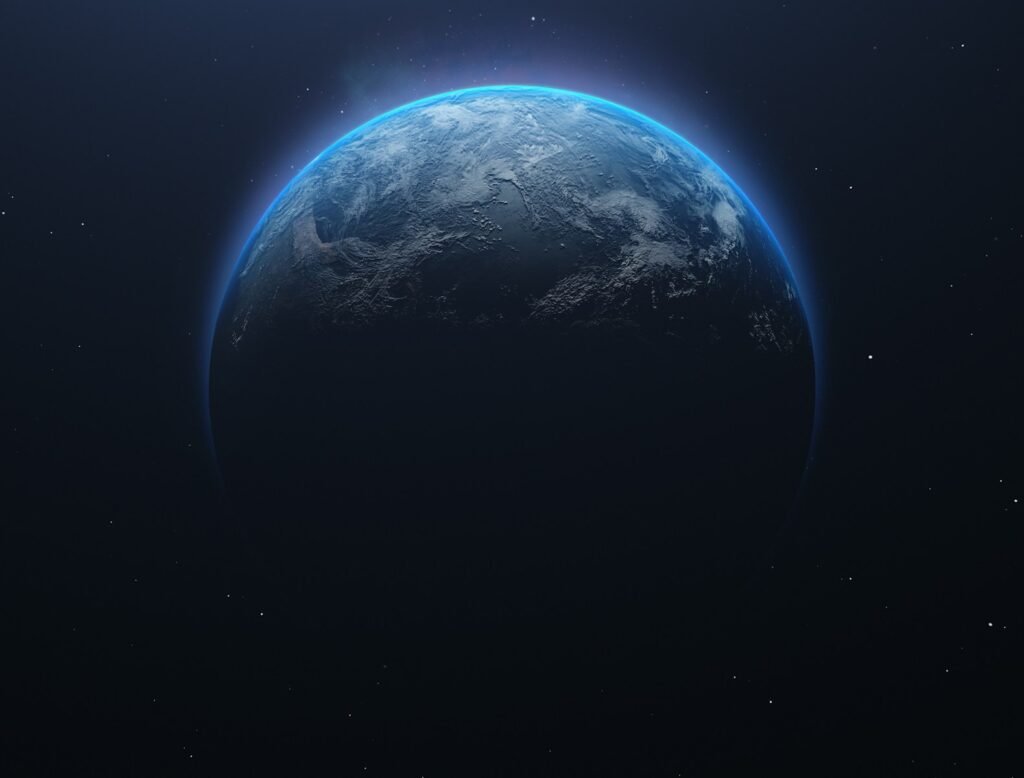Imagine the earth slowly thawing, revealing secrets locked away for tens of thousands of years. In the wild, frozen stretches of Siberia, the ground is no longer staying frozen. The permafrost—once solid as stone—now softens under the relentless push of global warming. But this is more than just a story about melting ice and climate change. Astonishingly, as the permafrost recedes, it’s releasing ancient creatures—woolly mammoths, cave lions, and even unknown microbes—into the modern world. It’s as if nature has cracked open a time capsule from the Ice Age, and the contents are both mesmerizing and unnerving.
The Ancient Vault: What Is Siberian Permafrost?
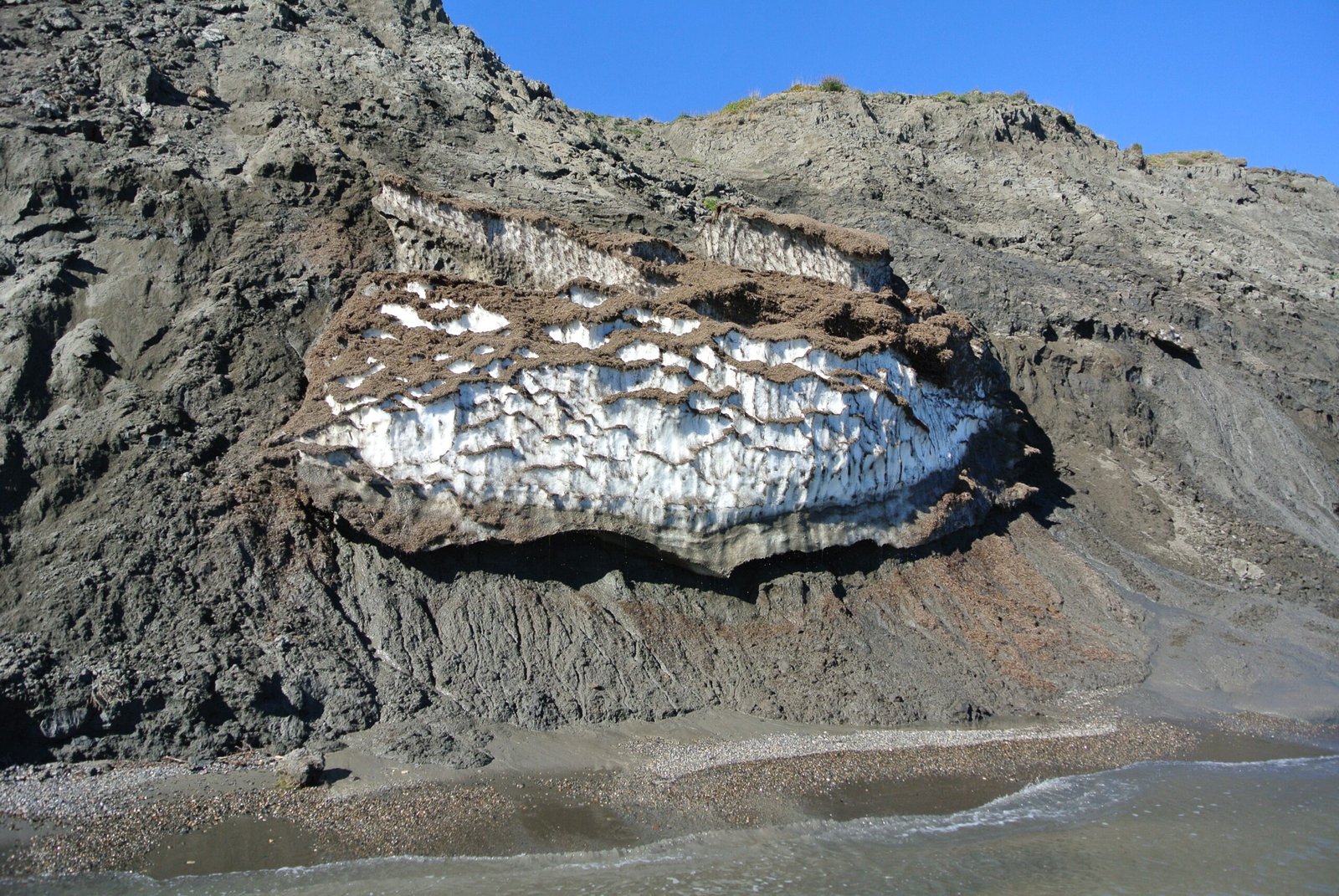
Permafrost is soil, rock, or sediment that has remained frozen for at least two consecutive years, and in Siberia, some of it has been locked in place for up to 700,000 years. This vast frozen layer acts as a giant freezer, preserving everything trapped inside—plants, animals, and even entire ecosystems. Siberia’s permafrost covers millions of square kilometers, making it one of the largest cold storage units on earth. It’s not just a blanket of ice and dirt; it’s a library of ancient life and climate history. As the permafrost melts, these preserved relics begin to reemerge, offering scientists rare glimpses into our planet’s distant past.
Why Is the Permafrost Thawing Now?

Global temperatures are rising at an alarming rate, and nowhere is this more obvious than in the Arctic. Siberia has experienced record-breaking heat waves in recent years, with temperatures soaring as much as 10 degrees Celsius above normal in some areas. This warming is causing the ground to thaw more deeply and for longer periods each year. Human activities—like fossil fuel burning and deforestation—are accelerating this process. As the permafrost thaws, it’s not only destabilizing the land but also waking up ancient organisms that have lain dormant for millennia. This rapid change is reshaping Siberia’s landscape and its role in the global climate system.
Woolly Mammoths: Icons of the Ice Age Return
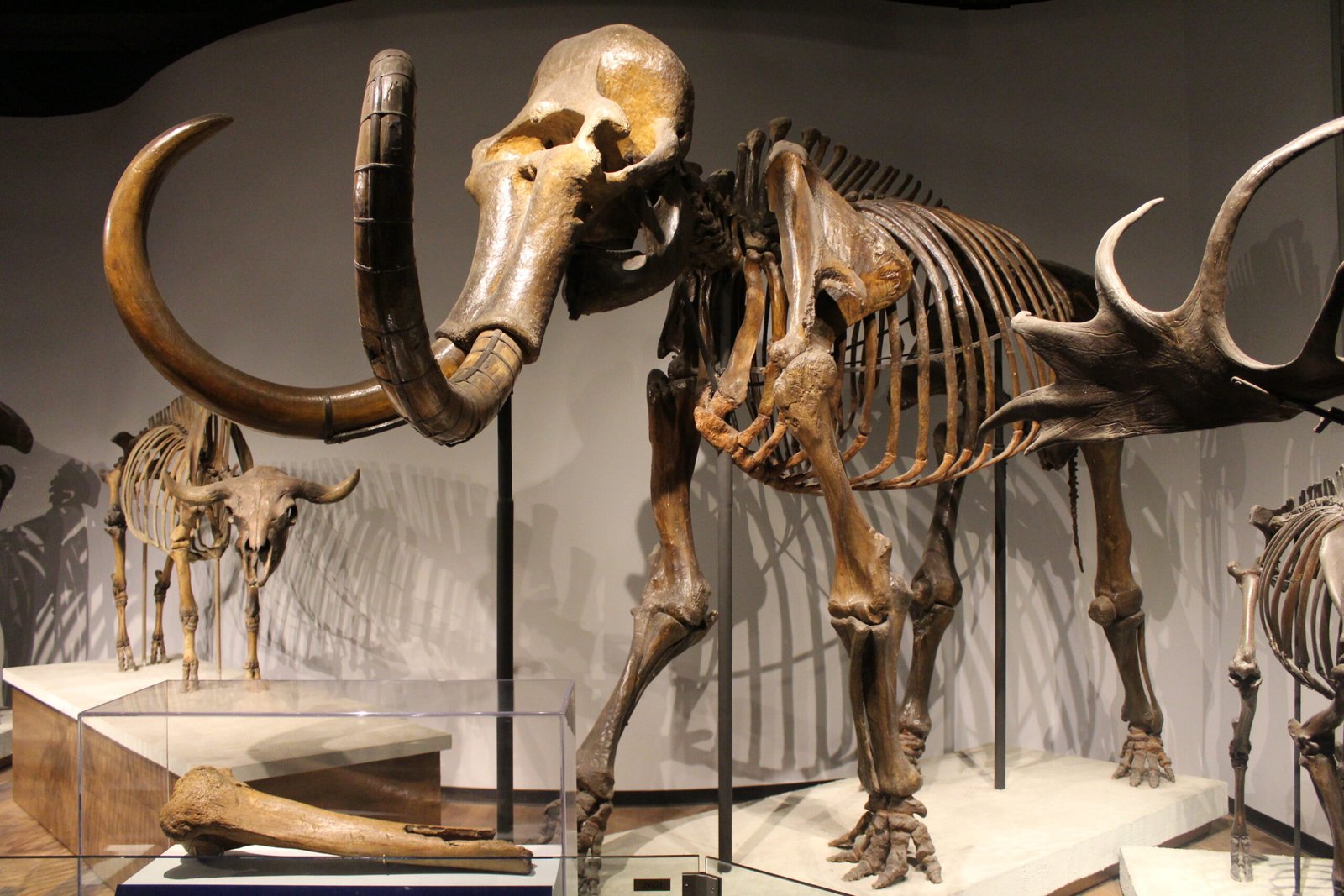
Few creatures capture the imagination like the woolly mammoth, with its shaggy fur and towering tusks. Permafrost thawing has led to the discovery of remarkably preserved mammoth carcasses, some complete with skin, hair, and internal organs. In 2023, local reindeer herders stumbled upon a juvenile mammoth, astonishingly intact, in the Yakutia region. Scientists are now able to extract DNA from these remains, offering the tantalizing possibility of understanding—and perhaps even reviving—this long-extinct species. These discoveries are like messages from a vanished world, sparking awe and intense curiosity about life during the Ice Age.
Unveiling the Cave Lion Cubs
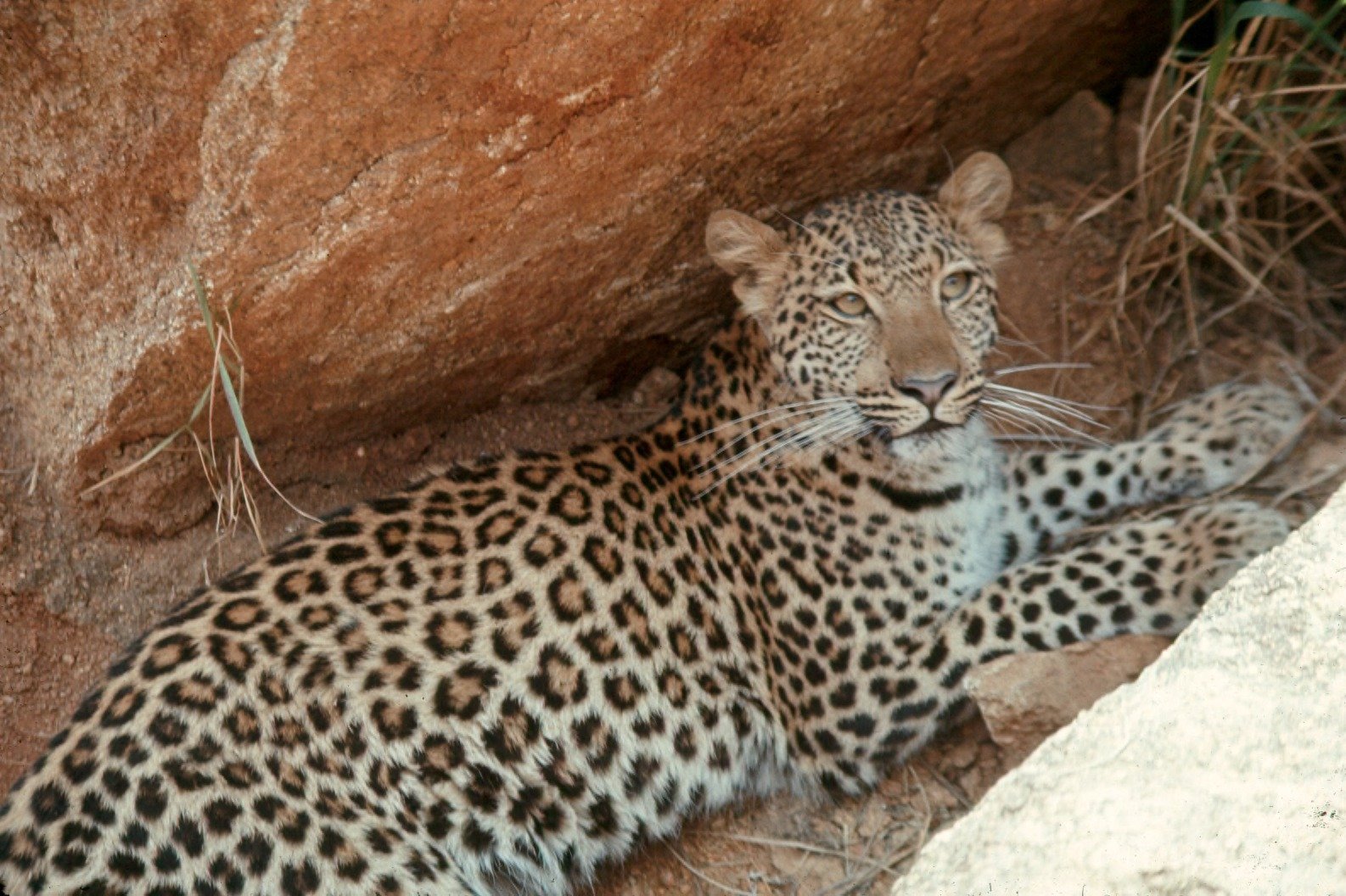
Cave lions, now extinct, once prowled the vast plains of Eurasia. Recently, permafrost melt revealed two lion cubs, named Boris and Sparta, frozen in time for over 28,000 years. Their fur, whiskers, and even facial expressions have been stunningly well preserved. These cubs provide scientists with extraordinary insights into the evolution, diet, and behavior of prehistoric predators. The emotional impact of seeing these young animals, appearing as if they are merely asleep, is impossible to ignore. Their discovery is both a scientific treasure and a poignant reminder of the passage of time.
Ice Age Microbes: The Invisible Threats and Wonders
Not all of permafrost’s secrets are visible to the naked eye. As the ground softens, ancient bacteria and viruses—some predating modern humans—are being released. In 2016, researchers revived a 30,000-year-old virus from Siberian permafrost, and it was still infectious. While most ancient microbes are harmless, there’s a real risk that some could pose threats to current ecosystems or even human health. At the same time, these ancient life forms may hold clues to the origins of life and the evolution of disease. The hidden world of permafrost microbes is both fascinating and unsettling, making scientists race against time to understand what is emerging.
Frozen Landscapes Shifting Underfoot
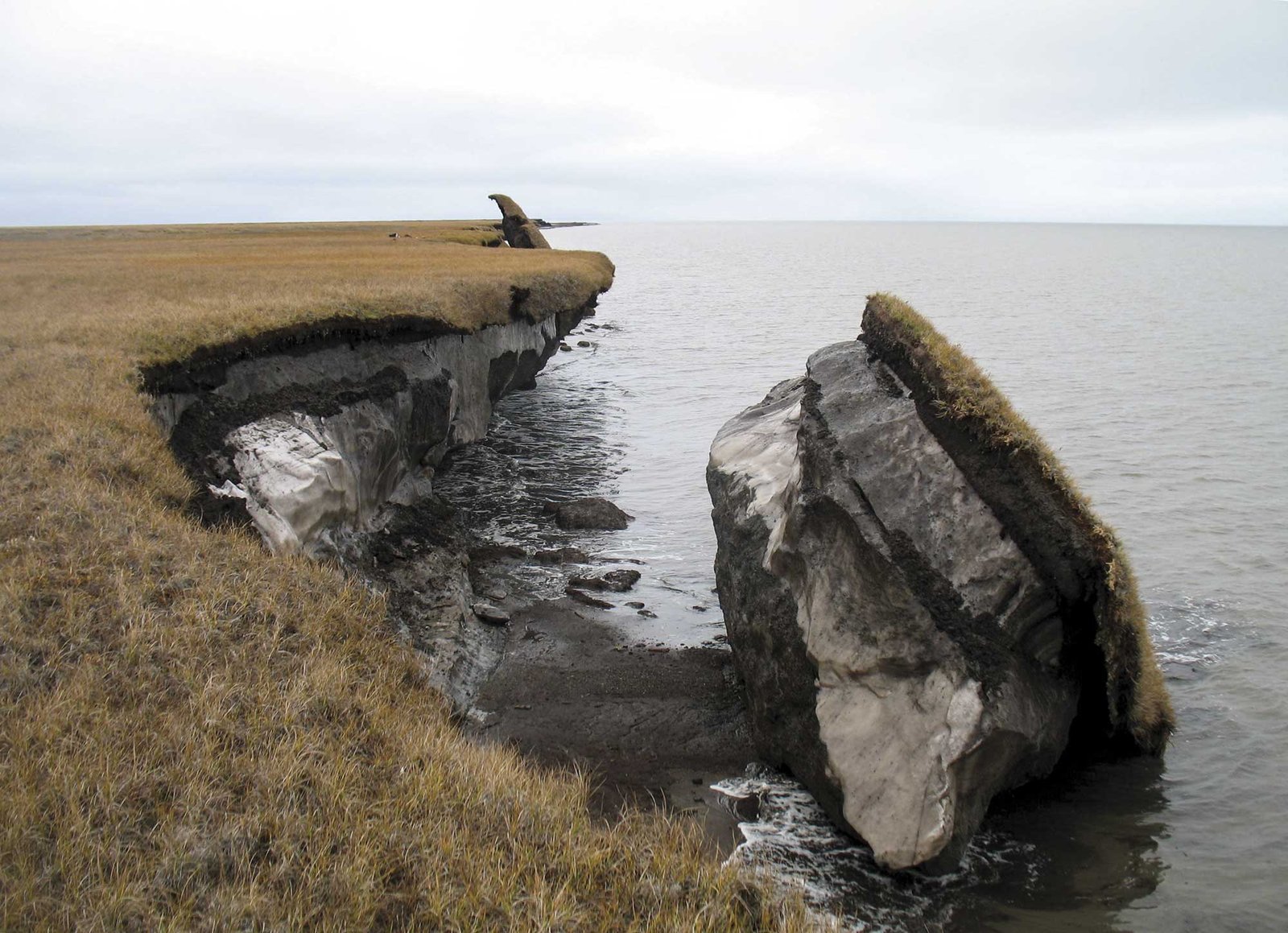
The thawing permafrost is physically transforming Siberia’s terrain in dramatic ways. Once-stable ground is collapsing, creating sinkholes, landslides, and “thermokarst” lakes that bubble with methane. Entire forests are tilting and falling as the soil beneath them turns to mush. Communities that rely on solid ground for housing, transportation, and agriculture are facing new uncertainties. The landscape is coming alive in unexpected, sometimes destructive ways, altering the daily lives of people and animals who call Siberia home.
Unlocking the Secrets of Prehistoric Flora
It’s not just animals that are emerging from the permafrost. Scientists have successfully germinated seeds from Ice Age plants, some over 30,000 years old, using preserved fruit found in the frozen ground. These ancient plants offer a living window into past ecosystems and climate conditions. By studying their DNA, researchers are learning how prehistoric flora adapted to extreme cold and long periods of darkness. This knowledge could help us develop crops better suited to our changing climate today, proving that the past holds valuable lessons for the future.
Carbon Bomb: The Climate Risk Hidden in the Ice
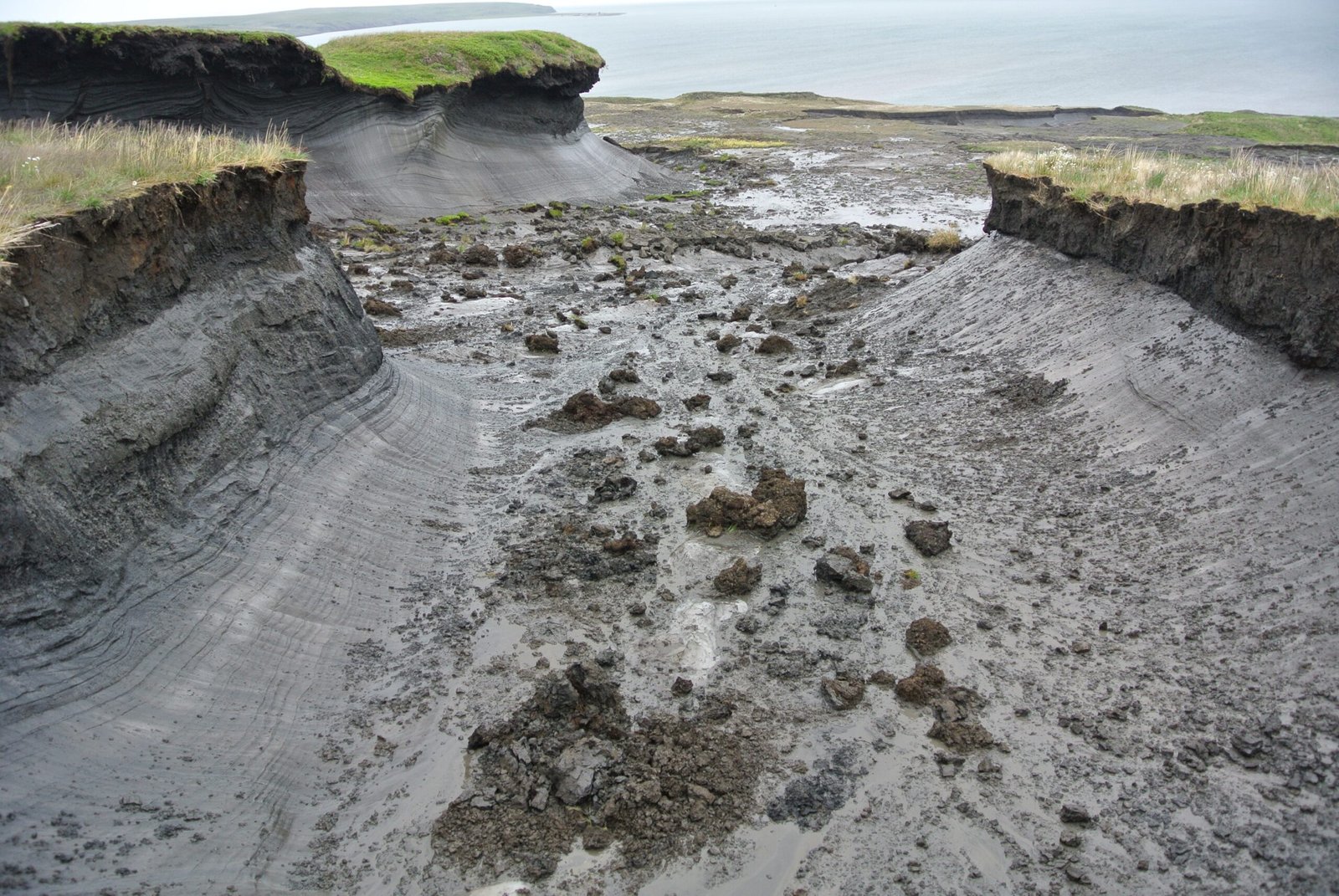
The permafrost isn’t just a time capsule—it’s also a massive carbon storehouse. When it thaws, plant and animal matter trapped for millennia begins to decompose, releasing greenhouse gases like carbon dioxide and methane. Scientists estimate that Siberian permafrost alone holds twice as much carbon as is currently in the atmosphere. As it melts, this “carbon bomb” could accelerate global warming, creating a dangerous feedback loop. The race to understand and mitigate this risk is urgent, as the consequences could redefine our planet’s climate for generations.
Modern Technology Meets Ancient Mysteries
Advances in technology are revolutionizing how scientists study permafrost and its contents. Drones, satellite imagery, and ground-penetrating radar are mapping hidden ice layers and identifying potential dig sites. DNA sequencing allows researchers to reconstruct genomes from ancient remains, revealing evolutionary secrets. Artificial intelligence helps sift through massive data sets, spotting patterns and connections that would take humans years to find. This blend of old-world discovery and cutting-edge tools is opening up new horizons in our understanding of Siberia’s frozen past.
The Human Face of the Permafrost Thaw
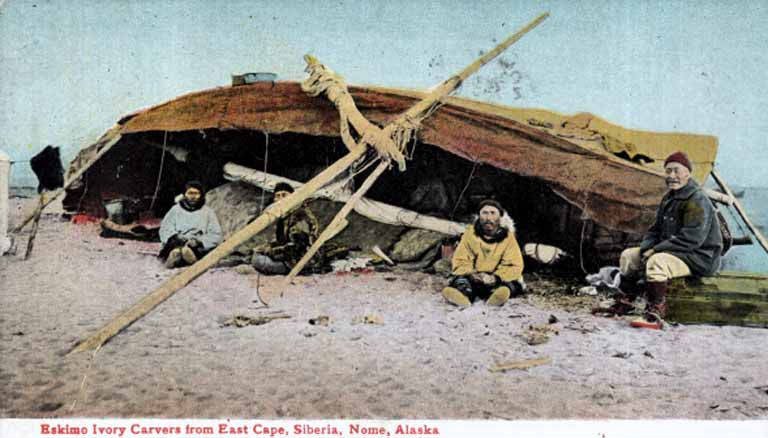
For the Indigenous peoples of Siberia, the melting permafrost is both a scientific phenomenon and a daily reality. Traditional ways of life—herding, fishing, and hunting—are being upended by shifting landscapes and unpredictable weather. Melting ice is exposing not just ancient creatures, but also ancestral burial sites and cultural artifacts. Communities are forced to adapt quickly, balancing reverence for the past with the urgent needs of the present. Their stories add a deeply human dimension to the unfolding drama, reminding us that science and tradition are often intertwined.
Nature’s Time Machine: What Will Emerge Next?

Every season, new discoveries emerge from the thawing permafrost. From baby mammoths to mysterious microbes, each find is a piece of a puzzle that reshapes our understanding of earth’s history. The excitement is palpable among scientists and explorers, who never know what the next dig might reveal. But there’s also a sense of caution, as some of what emerges could pose risks to modern ecosystems or human health. The permafrost acts as nature’s time machine, but we are only just beginning to understand its full story.
Reflections on a Thawing World
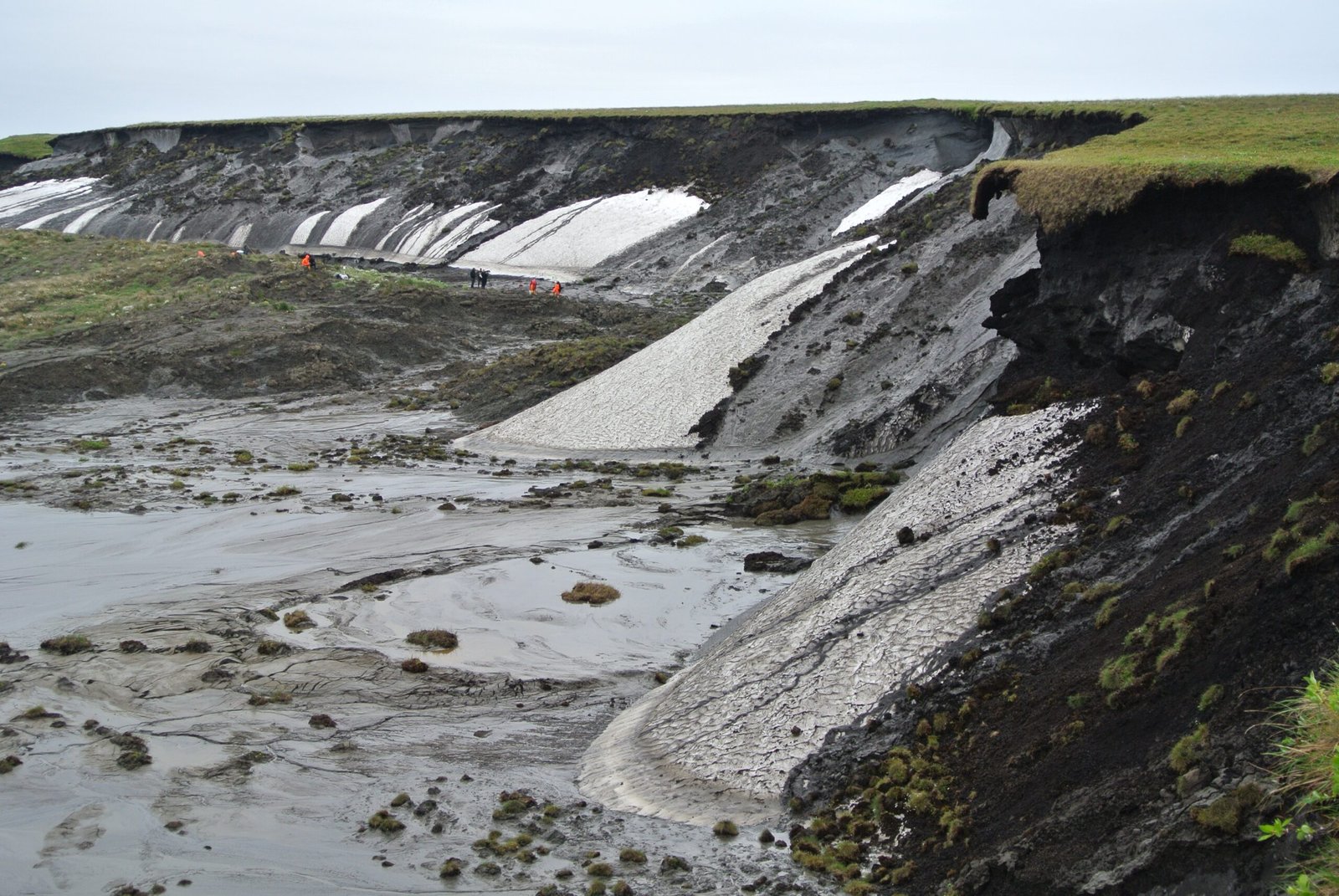
Siberia’s melting permafrost is more than a geological event—it’s a direct link to the ancient world and a stark warning about the future. Every creature, plant, and microbe released from the ice reminds us of nature’s extraordinary ability to preserve, surprise, and sometimes alarm. As we watch these ancient beings step into the sunlight after tens of thousands of years in darkness, we are left to wonder: What other secrets does the earth still hold, waiting patiently for their time to return?


